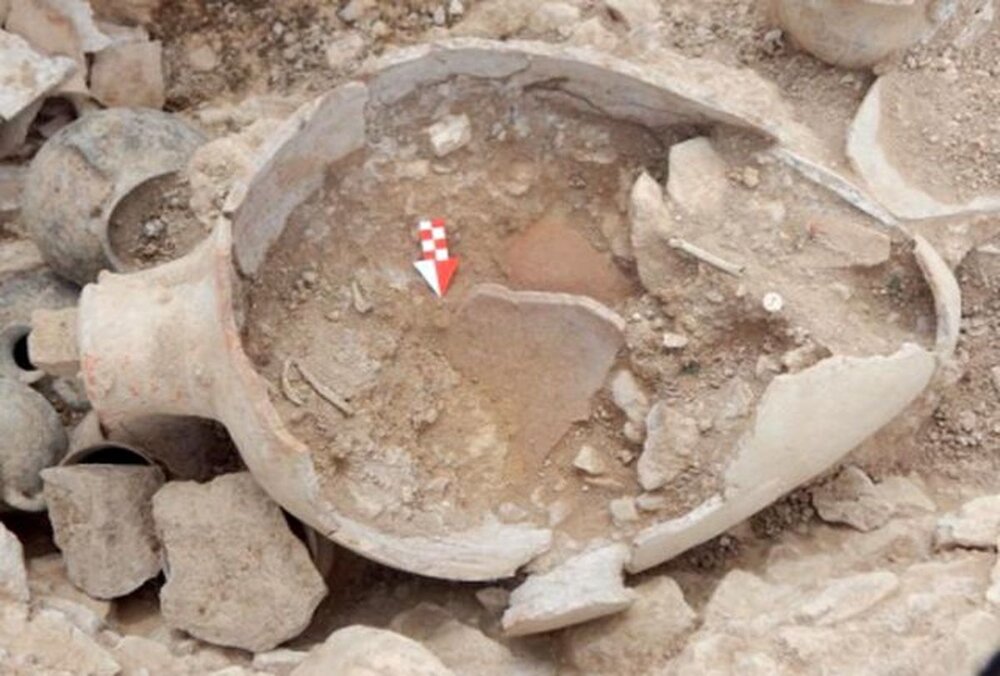Motla-Kuh to be demarcated for the first time

TEHRAN—Gilan’s tourism directorate seeks to organize an archaeological survey to scientifically determine the legal boundaries of Motla-Kuh situated in the northern Iranian province.
“Motla-Kuh has been registered in the national heritage list, but it has not been demarcated so far… We hope to commence archaeological excavations as soon as possible to define the lawful limits of the ancient site,” Vali Jahani, the provincial tourism chief, said on Monday.
The project will be beneficial for both the historical site to receive better care and maintenance and the locals, particularly the ones whose lands are situated around the site, the official explained.
Motla-Kuh is situated within the Almash region, which is believed to be a settlement for early humans. Last year, studies on the potteries found at four caves in Amlash suggested Neanderthals used them as shelters.
Amlash is home to some historical and archaeological sites such as Liar-Sang-Bon, filled with ancient and prehistoric settlements and cemeteries. Liar-Sang-Bon was initially identified in [the Iranian calendar year] 1391 (March 2012-March 2013) while its related mapping and demarcating projects were completed in [the calendar year] 1393 and its first season of excavation commenced in [the calendar year] 1395.
The excavations yielded helpful cultural information in archaeology, anthropology, and ancient botanist arenas. Field research in 2016 led to the discovery of funerary and stone architectural objects that are estimated to date from the Parthian and Sassanid eras.
A 2019 study published in the Journal of Human Evolution suggests that Neanderthals were roaming at the Iranian Zagros Mountain sometime between 40 to 70 thousand years ago.
Until the late 20th century, Neanderthals were regarded as genetically, morphologically, and behaviorally distinct from living humans. However, more recent discoveries about this well-preserved fossil Eurasian population have revealed an overlap between living and archaic humans.
AM
Leave a Comment